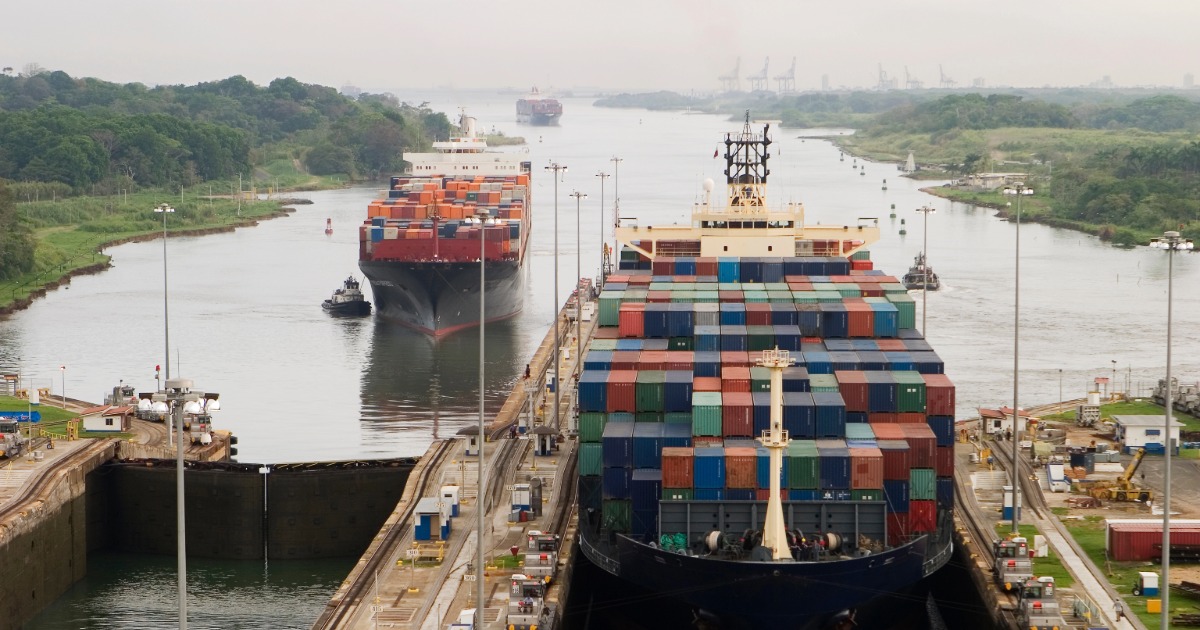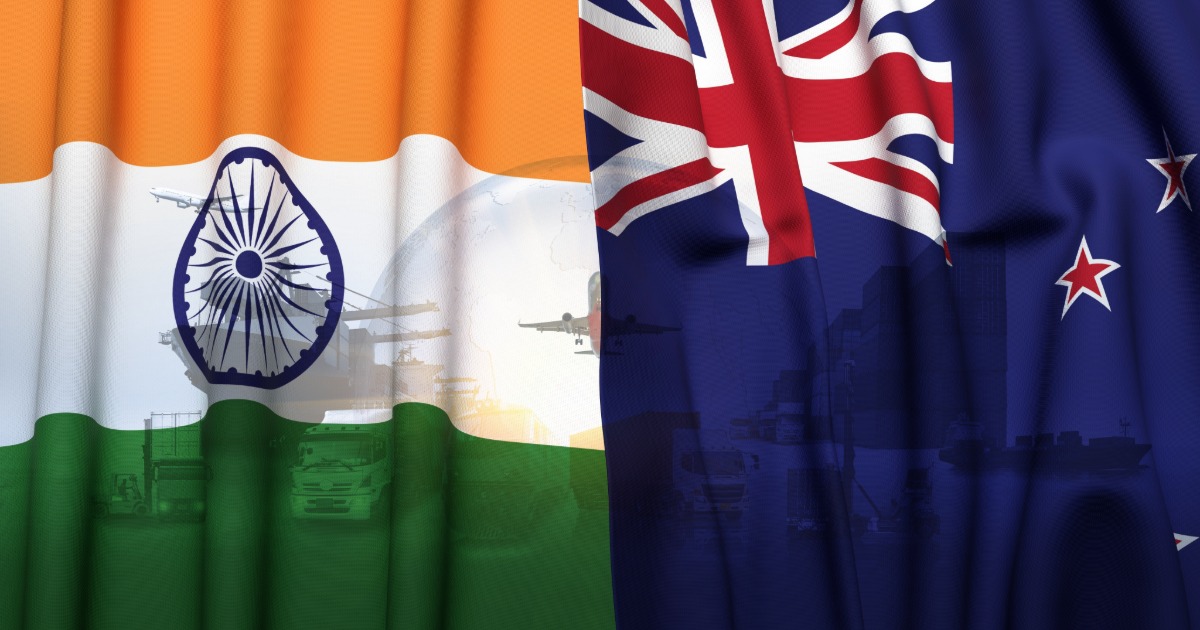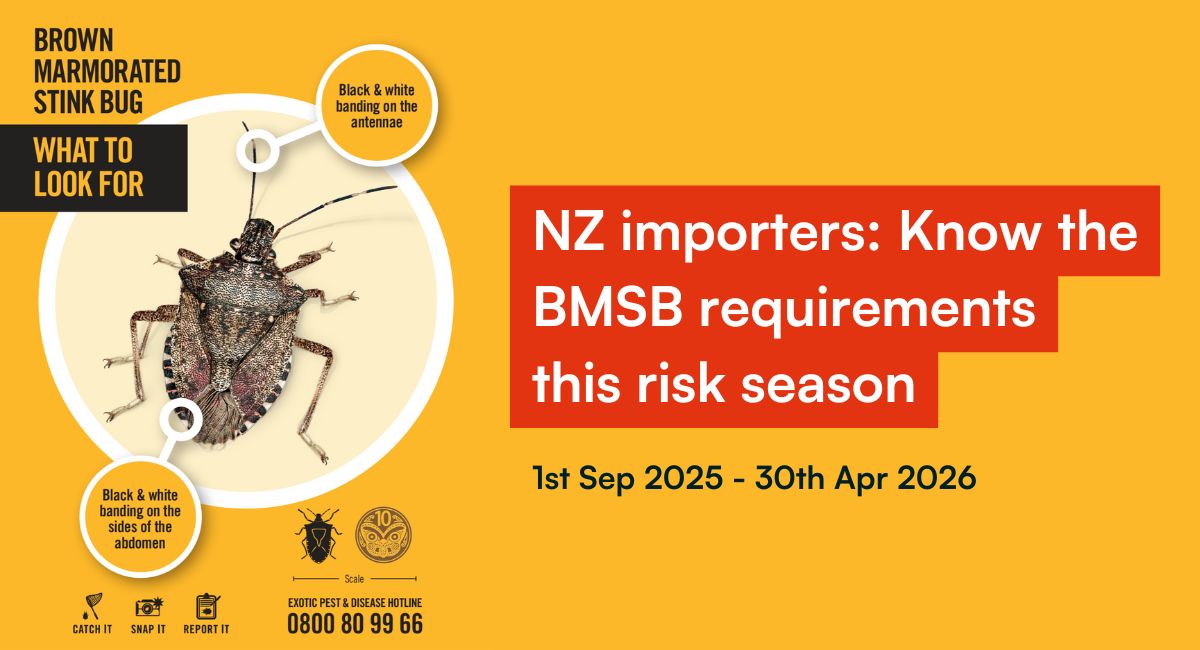LCL vs FCL: Navigating Shipping Options

In this article, we'll dive into the two shipping methods LCL (Less-than-Container Load) and FCL (Full Container Load (FCL), the key benefits, and what to consider when deciding between the two.
The ocean is essential to global trade, carrying roughly 90% of the world's goods. But what about your smaller shipments? If your cargo doesn't fill a whole shipping container, you've got two primary options: LCL (Less-than-Container Load) and FCL (Full Container Load (FCL). View our Container Volumn Guide.
Whether you're a seasoned exporter or a first-time shipper, this guide will equip you with the knowledge to make informed decisions.
What is an LCL Shipment?
Less Than Container Load (LCL) refers to ocean freight shipments that don't fill an entire container (typically a 20-foot or 40-foot container). In LCL shipping, your cargo is consolidated with other shipments from various businesses heading to the same destination. This allows you to enjoy the benefits of container shipping even for smaller volumes.
Benefits of LCL Shipping
Ideal for smaller shipments that don't fill an entire container.
Cost-Effective
You share a container with other shippers, paying only for the space your cargo occupies.
Flexible
Ideal for shipments to multiple destinations. Offers flexibility for smaller businesses and infrequent shippers - no need to wait until you have enough cargo to fill a whole container.
Frequent Departures
Consolidated containers depart regularly, ensuring your goods move quickly.
Consideration
While both methods have similar transit times, LCL may involve additional handling and customs clearance, potentially impacting overall delivery time so if speed is a priority - talk to your freight forwarder.
What is an FCL Shipment?
Full Container Load (FCL) is a shipping method where you exclusively occupy an entire shipping container. This approach offers many advantages for businesses shipping larger quantities of goods. By reserving a container solely for your cargo, you gain greater control over the entire shipping process, from loading to delivery.
Benefits of FCL Shipping
Ideal for larger shipments that can fill an entire container.
Speed and Delivery Time
Simpler for direct, single-destination shipments, with less overall delivery time.
Security and Control
Offers greater control and security as your cargo is isolated in a dedicated container.
Cost-effective
Can be more economical for larger volumes, especially when considering potential discounts.
Understanding the break-even
While LCL offers advantages, there are situations where a full container load (FCL) might be more suitable. A key factor is the break-even point. This is the cargo volume where the cost of LCL shipping becomes comparable to the cost of using a full 20-foot container.
Here's a general guideline:
- If your shipment is less than 10 cubic meters (CBM), LCL is likely the most cost-effective option.
- Shipments exceeding 15 CBM often benefit from FCL due to economies of scale.
- The range between 10-15 CBM is the "break-even zone" where the cost difference narrows. Consider additional factors like urgency and cargo value when deciding on this range.
In the break-even zone, it’s recommended to get quotes for both LCL and FCL to determine the most cost-effective option for your specific needs. By understanding the nuances of LCL and FCL, you can make informed decisions to optimise your supply chain and minimise costs.
At Gateway Cargo, we're committed to simplifying your international shipping needs. Our experienced team can help you determine the best shipping method for your specific requirements. Whether you opt for LCL or FCL, we'll help your cargo to reach its destination safely and efficiently. Contact us today to discuss your shipping needs and receive a personalised solution.












%20copy.webp)

















.jpg)













